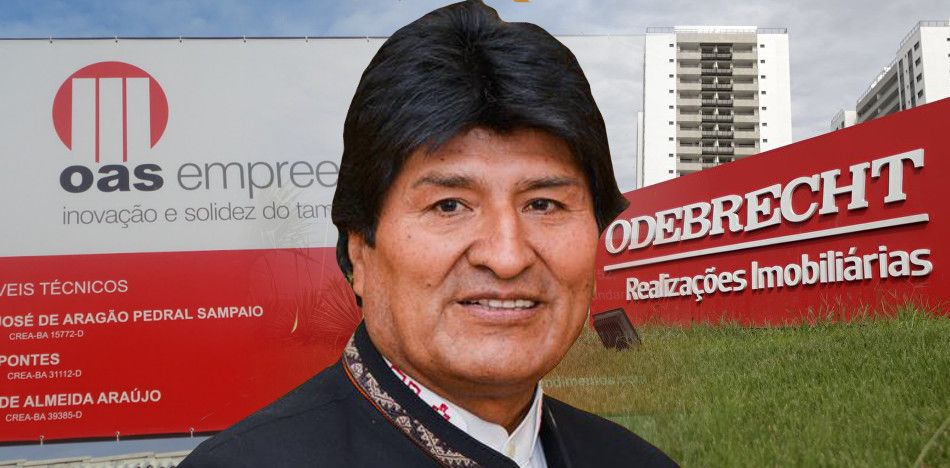
By Emilio Martínez Cardona
The Lava Jato case is a tsunami that has already implicated and toppled presidents across Latin America. It is not simply about a company with a rapacious appetite for public works projects that would have used its economic power to benefit from mega-contracts in different countries.
It is a pool of companies, some private and others state-owned, that have operated under the auspices of an influence peddling scheme headed by the then president of Brazil, the socialist Luiz Inácio Lula da Silva, according to the scenario outlined in the Netflix series “The Mechanism”, which has been denounced by Lula and his faithful successor Dilma Rousseff.
The scandal involves a pool of at least forty companies, that not only paid multi-million dollar bribes to Latin American leaders, but also lavishly funded the electoral campaigns of the Workers’ Party and its allies.
So far, the Lava Jato scandal has received scant attention in Bolivia, but it was inevitable that developments would ensue, given the notorious links between the Lulista and Evista administrations, as evidenced on numerous occasions.
However, the “spin doctors” in the pro-government media are trying to focus the investigations on presidents of previous governments, in what could be interpreted as a stab in the back to those who have functioned as Bolivian agents in the maritime lawsuit before the Hague.
Whether it is a simple diversion, or a strategy to politically neutralize those who could “share” a possible diplomatic triumph before the ICJ, the truth is that the media has sought to avoid touching the cases of other companies in the pool, such as the construction company OAS, which held key contracts with the state.
A prime example is the awarding of the controversial contract to build the road through the Isiboro Sécure National Park and Indigenous Territory, an agreement signed in person by Lula and Evo at a meeting, where they also committed to the financing of the BNDES (National Bank for Economic and Social Development), which Brazilian politician José Serra deemed “the cocaine highway.”
Recall also that the former president of the National Road Service, José María Bakovic, died in prison after having denounced in 2011 a significant cost overrun on that road, alleging its real cost should have been USD $200 million, when it clocked in at USD $415 million.
As in other cases, the official excuse was that the artery had not yet been built, and that the contract with OAS was rescinded. However, this only occurred after initial payments had been made, and the allegations of alleged corruption were widely disseminated. .
There have also been journalistic investigations into corruption, such as in the case of Estadâo in Brazil, involving an incident in which Odebrecht executives advised Lula da Silva to use his influence with Evo Morales in order to win a major petrochemical project; as well as another report that investigateed the “friendship” between the Bolivian leader and OAS’s top executive, Augusto César Ferreira e Uzeda.
If the iceberg whose tip Bakovic saw ends up emerging, the OAS could end up being the new CAMC: the case of mega-corruption that has dominateed much of the national political debate in 2018, increasing the number of already extensive illicit acts that have characterized to the regime of Evo Morales.
Emilio Martínez Cardona is a Uruguayan-Bolivian writer and political analyst.
 Versión Español
Versión Español












